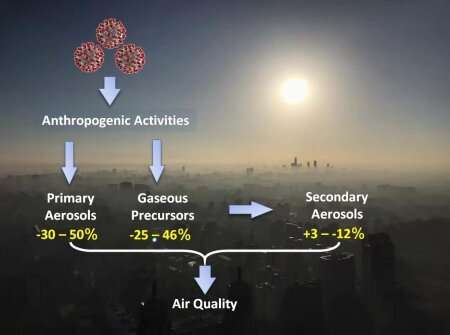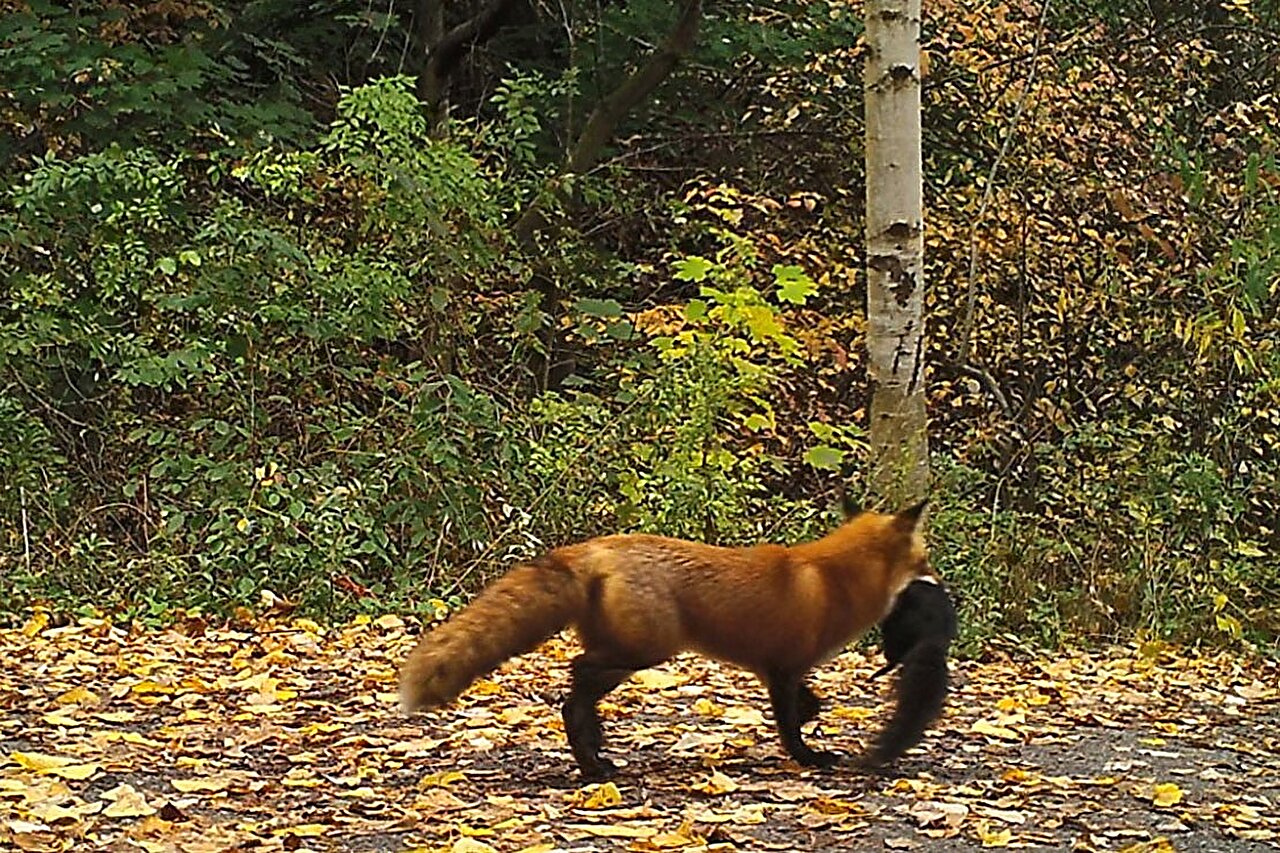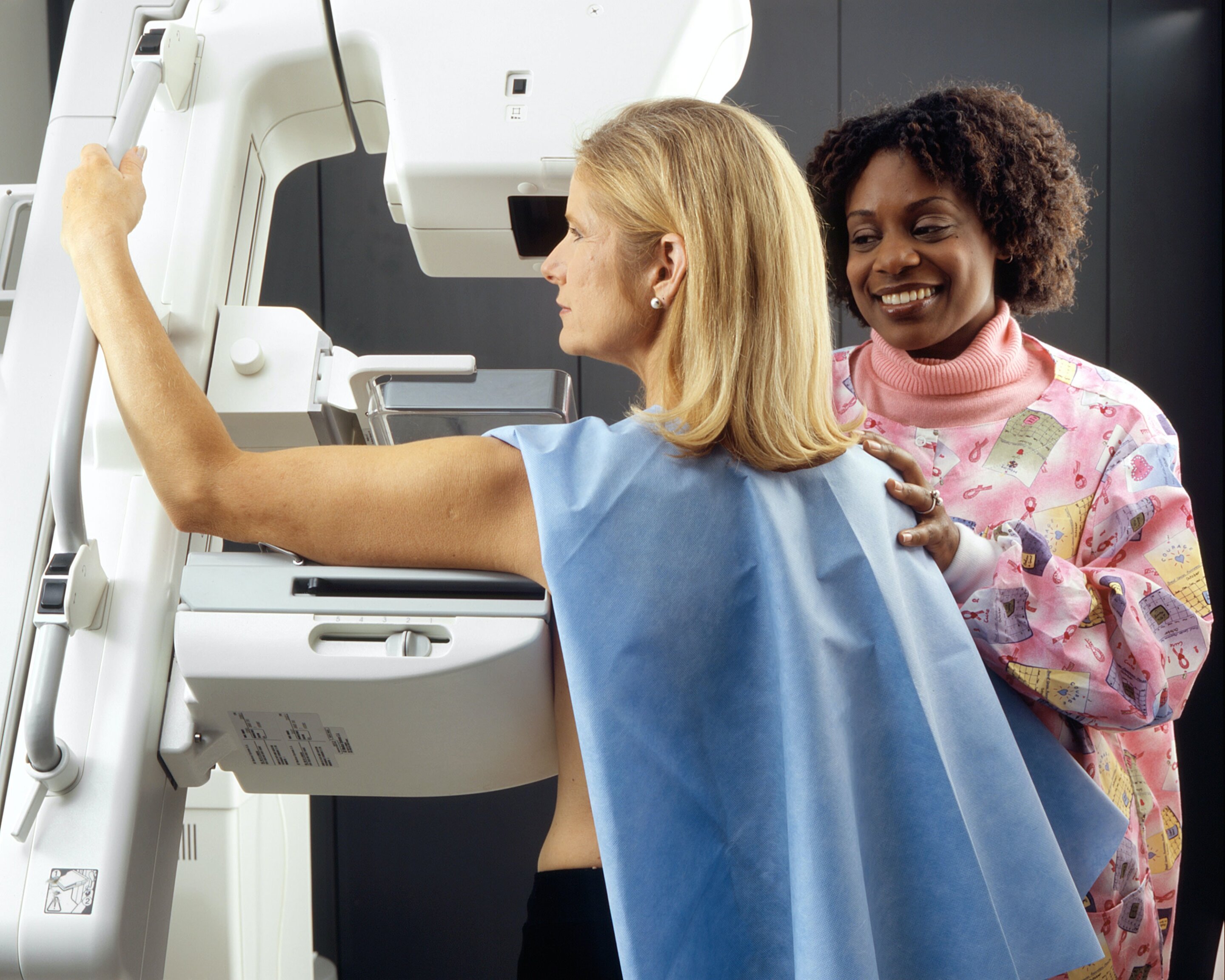#A chemical cocktail of air pollution in Beijing, China during COVID-19 outbreak
“#A chemical cocktail of air pollution in Beijing, China during COVID-19 outbreak”

The novel coronavirus disease (COVID-19) spreads rapidly around the world, and has limited people’s outdoor activities substantially. Air quality is therefore expected to be improved due to reduced anthropogenic emissions. However, in some megacities it has not been improved as expected and severe haze episodes still occurred during the COVID-19 lockdown.
A research team led by Prof. Yele Sun from the Institute of Atmospheric Physics of the Chinese Academy of Sciences analyzed six-year aerosol particle composition measurements to investigate responses of air quality to the changes in anthropogenic emissions during the COVID-19 outbreak in Beijing, China, as well as the Chinese New Year holiday effects on air pollution.
They found that air pollution during the COVID-19 lockdown was mainly due to different chemical responses of primary and secondary aerosols to changes in anthropogenic emissions.
“Primary gaseous and aerosol species responded directly to emission changes and decreased substantially by 30-50%”, said Sun. “However, secondary aerosol species that are formed from oxidation of gaseous precursors and accounted for more than 70% of particulate matter remained small changes of less than 12%. Therefore, fine particle pollution hasn’t been improved as expected.”
The air quality in Beijing has been improved during the last decade, and the mass concentrations of both primary and secondary pollutants decreased considerably.
However, according to this new study published in Sci. Total Environ, the increased sulfur and nitrogen oxidation capacity have suppressed the effects of emission reductions due to enhanced secondary formation.
These findings highlight a great challenge for mitigating secondary air pollution in regions with a cocktail of high concentrations of gaseous precursors.
“There’s an urgent need for a better understanding of the chemical interactions between precursors and secondary aerosol under complex meteorological environments,” said Sun.
More information:
Yele Sun et al, A chemical cocktail during the COVID-19 outbreak in Beijing, China: Insights from six-year aerosol particle composition measurements during the Chinese New Year holiday, Science of The Total Environment (2020). DOI: 10.1016/j.scitotenv.2020.140739
A chemical cocktail of air pollution in Beijing, China during COVID-19 outbreak (2020, July 7)
retrieved 7 July 2020
from https://phys.org/news/2020-07-chemical-cocktail-air-pollution-beijing.html
This document is subject to copyright. Apart from any fair dealing for the purpose of private study or research, no
part may be reproduced without the written permission. The content is provided for information purposes only.
If you want to read more Like this articles, you can visit our Science category.
if you want to watch Movies or Tv Shows go to Dizi.BuradaBiliyorum.Com for forums sites go to Forum.BuradaBiliyorum.Com




